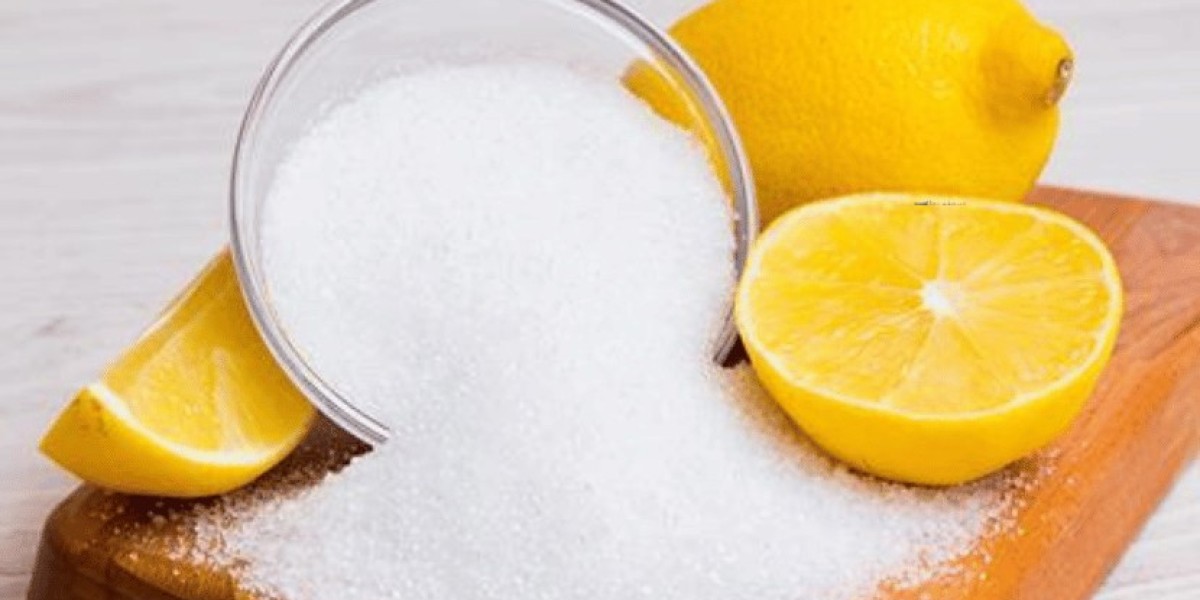The Role of Citric Acid as a Preservative in the Food and Beverage Industry
In today's fast-paced world, preserving the freshness and flavor of food products has become more critical than ever. One of the most widely used and naturally occurring preservatives in the food industry is citric acid. Known for its tangy taste and ability to balance pH levels, citric acid plays a vital role in maintaining food quality and safety—especially in packaged, canned, jarred, and processed foods.
A Natural Preservative Powerhouse
Citric acid is a weak organic acid found naturally in citrus fruits like lemons, limes, and oranges. According to Healthline, although it was once extracted from citrus fruits, modern production primarily involves fermenting sugars using Aspergillus niger, a type of mold, to meet industrial-scale demands. The compound helps inhibit the growth of bacteria and mold, making it highly effective as a preservative Healthline, 2019.
In the food sector, citric acid is used to control acidity, enhance flavors, and most importantly, extend shelf life. Products like canned vegetables, jams, soft drinks, and ready-to-eat meals often contain citric acid to prevent spoilage and maintain their taste for longer durations.
Essential in Processed and Packaged Foods
The U.S. Food and Drug Administration (FDA) recognizes citric acid as Generally Recognized as Safe (GRAS) for use in foods, which underscores its broad acceptance in food manufacturing. Its chelating properties allow it to bind with metal ions, thus reducing oxidation and spoilage in products that would otherwise degrade quickly. This makes it indispensable in packaged and jarred foods, where shelf stability is critical for distribution and retail.
According to WebMD, citric acid also acts as a stabilizer in beverages and dairy products, contributing to flavor consistency and longevity WebMD, 2023. It's commonly found in sodas, fruit juices, and even some alcoholic drinks where it enhances tartness and keeps microbial growth in check.
Economic Impact on the U.S. Food Sector
The importance of citric acid extends beyond just food science—it also plays a role in the economics of the food and beverage sector. As of 2024, the U.S. food and beverage industry contributes approximately 5% to the national GDP, highlighting its critical position in the economy. This sector relies heavily on preservatives like citric acid to keep products shelf-stable, ensuring efficiency in distribution chains and reducing food waste across the board.
Industry reports from Grand View Research also project a steady increase in citric acid demand, largely driven by the growing consumption of ready-to-eat and convenience foods. As consumers look for longer-lasting products without compromising on safety or flavor, citric acid remains a go-to additive for manufacturers worldwide Grand View Research, 2023.
Final Thoughts
From citrus groves to global grocery aisles, citric acid has come a long way. Its ability to preserve, stabilize, and enhance food and beverage products makes it a cornerstone of modern food processing. As health-conscious and convenience-driven consumers continue to shape the market, citric acid’s role is only expected to expand. Whether you’re reaching for a soda or a jar of pasta sauce, there's a good chance this humble compound is quietly working behind the scenes to keep your food fresh and flavorful.








